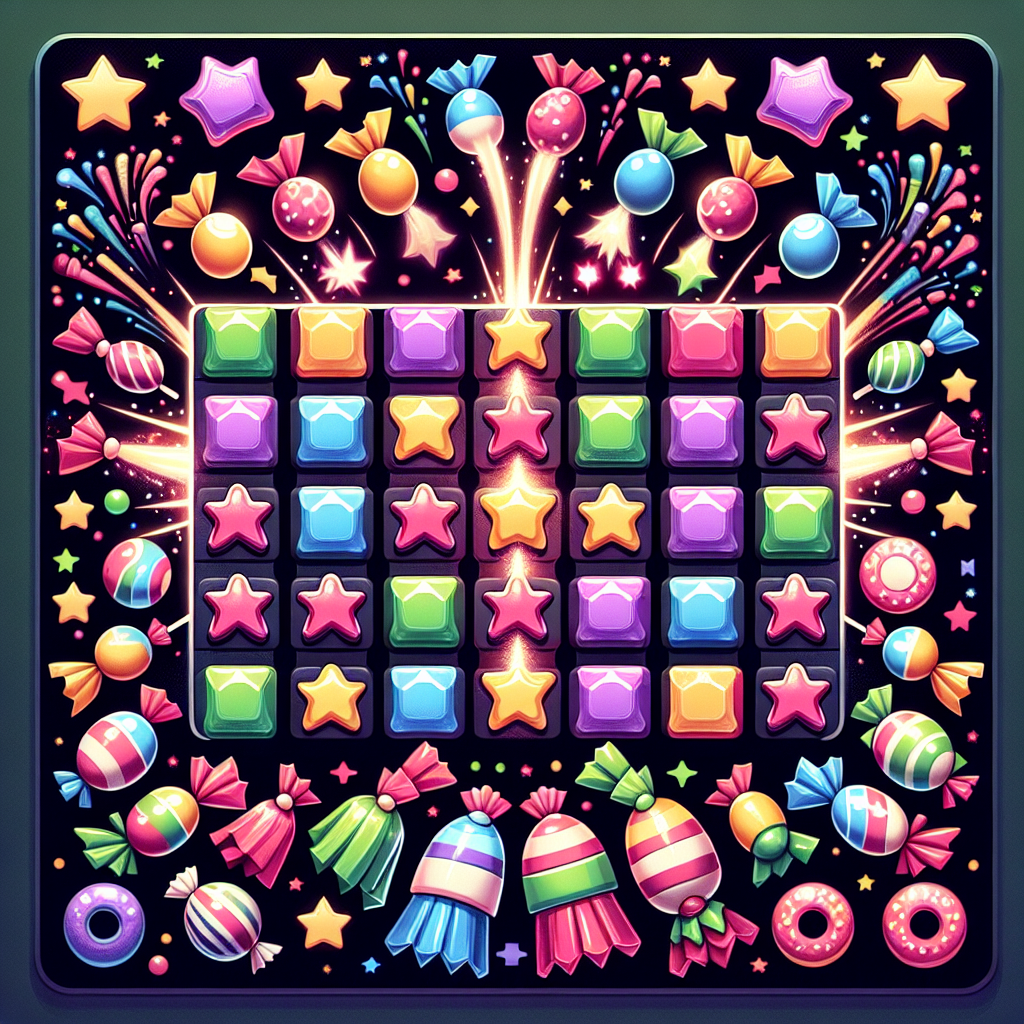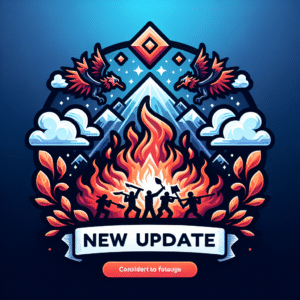How Candy Crush Maintains Its Popularity After a Decade
The Power of Simple yet Addictive Gameplay
Candy Crush Saga, developed by King, first hit the app stores in 2012. It quickly rose to prominence owing to its simple yet highly addictive gameplay. The core mechanic of the game is the classic match-three puzzle structure, a concept that’s intuitive and easy to grasp. This simplicity has allowed players across diverse age groups and demographics to engage with the game without significant learning curves. The immediate feedback for making matches and the visually appealing cascade of candies keep players hooked.
However, the essence of Candy Crush’s addictive quality lies in its gradual increase in difficulty. As players progress, they encounter more challenging levels with obstacles that require strategic thinking and planning rather than mere luck or reflexes. This balance between simplicity and complexity creates a rewarding loop for players who are motivated to overcome progressively tougher challenges.
Frequent and Thematic Updates
Candy Crush’s development team provides constant updates that introduce new levels and gameplay mechanics, keeping the game fresh and exciting. By regularly adding new content, they keep the existing user base engaged while attracting new players. These updates often come with themed events tied to holidays or cultural occasions, effectively integrating the game into the daily lives of players. Themes also allow the game’s aesthetic to stay vibrant and appealing.
The introduction of new candies or obstacles not only spices up gameplay but also reinvigorates interest in previous levels. When the mechanics are subtly altered or expanded, it encourages players to revisit old levels to try and better their previous scores with newfound strategies. This approach keeps the game perpetually engaging, even for seasoned players.
Social Features and Competition
Leveraging social connectivity has been crucial to Candy Crush’s enduring popularity. By allowing players to connect with friends via Facebook or other social media platforms, the game taps into the competitive nature of human psychology. Features like leaderboards, sending and receiving lives, and challenging friends to beat high scores create a sense of community and friendly rivalry.
This social element not only incentivizes users to return to the game but also helps in organic promotion as players invite friends to join, expanding the player base through virtual word-of-mouth. The desire to outscore friends or provide mutual aid ensures players remain active participants in the Candy Crush ecosystem.
Microtransactions and Monetization Strategies
Candy Crush employs a well-crafted monetization model that capitalizes on player impatience and competitiveness. The freemium strategy—where the game is free to play but offers in-app purchases—has proven to be highly effective. Players have the option to buy extra lives, boosters, or tickets to new levels, which can be particularly attractive when they are stuck or wish to progress faster.
The psychological manipulation, such as the implementation of waiting periods before life refills or strategic level design that encourages purchasing aids after multiple failed attempts, nudges players towards making microtransactions. While these purchases are generally not obligatory, they offer convenience and a sense of relief, making them enticing for dedicated players who are invested in their progression and experience.
Appealing Aesthetics and Audio Design
Visual appeal plays a significant role in the popularity of any mobile game, and Candy Crush excels in this domain. The vibrant color palette coupled with smooth animations provides a visually satisfying experience. The candy pieces’ design, along with special effects when matches are made or power-ups are activated, adds to the game’s overall aesthetic value.
Complementing its visual charm, the game’s audio design, comprising catchy background music and gratifying sound effects, enhances player engagement. Each sound is thoughtfully designed to align with game actions, providing a sense of accomplishment and satisfaction. Whether it’s the celebratory tone when clearing a level or the subtle music during gameplay, audio cues contribute significantly to the immersive nature of Candy Crush.
Psychological Incentives and Reward Systems
Candy Crush employs various psychological incentives that impel players to stay engaged. Using a system of rewards—such as stars for completing levels, daily bonuses, and special events with exclusive opportunities—the game simulates a sense of accomplishment and progression. Players are more likely to return to complete daily challenges or earn limited-time rewards, which perpetuates continual interaction with the game.
Moreover, the game cleverly uses loss aversion—a psychological phenomenon where players are more motivated to avoid losses than acquire equivalent gains—by offering an extra move or booster in exchange for payment or watching an ad after failing a level. This tactic taps into the player’s desire to not waste previous efforts, nudging them toward spending money or time to progress.
Localized Content and Global Reach
Another pivotal factor contributing to Candy Crush’s sustained popularity is its localization strategy. The game is available in numerous languages, making it accessible to a broad audience worldwide. Localization extends beyond just language translation; it includes cultural nuances that make the game relatable to different demographics, thereby fostering a global fan base.
The game’s ability to resonate with a diverse audience is further bolstered by its platform agnosticism. Players can enjoy Candy Crush on mobile devices, tablets, and desktops, ensuring accessibility regardless of device preference and facilitating cross-platform play and progress continuation.
Community Engagement and Social Media Interaction
King consistently engages with the Candy Crush community through social media platforms and official forums. By interacting with players online, addressing queries, and teasing new updates, the developers maintain a vibrant dialogue with the user base. User-generated content, including walkthroughs and fan art, is often highlighted by official channels to forge deeper community bonds.
Additionally, by hosting events and competitions, King nurtures a lively environment where players can share experiences and collaborate. This engagement not only drives player retention but also aids in community building, which sustains interest in the game long after initial engagement.
Robust Marketing Strategies
Candy Crush’s marketing strategy has played a vital role in maintaining its visibility and popularity. Aggressive advertising campaigns, collaborations with celebrities, and cross-promotional events keep the game in the public eye. Strategic partnerships with other brands allow for cross-promotion that benefits both parties.
These marketing efforts are reinforced by in-app events that correspond with these campaigns, creating a cohesive experience that piques player interest. By keeping the game relevant in pop culture, these initiatives ensure that Candy Crush remains a go-to option for both long-time fans and new players.
Technological Adaptation and Innovation
Finally, Candy Crush’s developers have adeptly embraced technological innovations, evolving the game in line with advancements in mobile technology. From leveraging improved graphics capabilities and touchscreen responsiveness to integrating augmented reality elements in spinoff titles, the game showcases a proactive approach to maintaining technological relevance.
By continuously optimizing the game for the latest devices and operating systems, King ensures a smooth and premium user experience. This technical adaptability positions Candy Crush as a leading mobile game that can expand and innovate alongside emerging technologies, securing its place in an ever-evolving digital landscape.












Post Comment